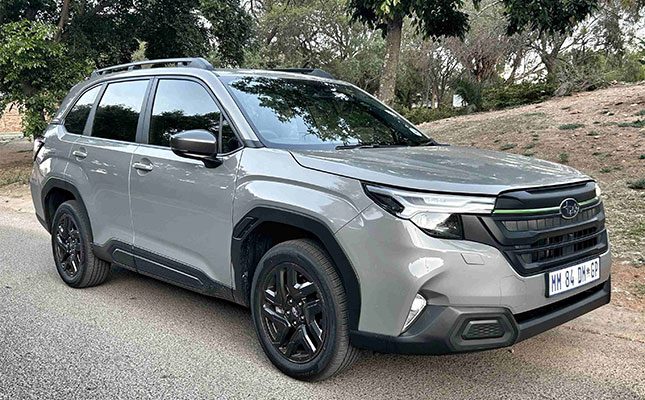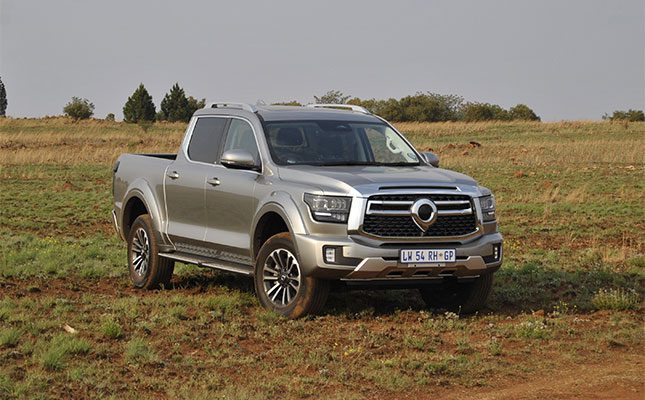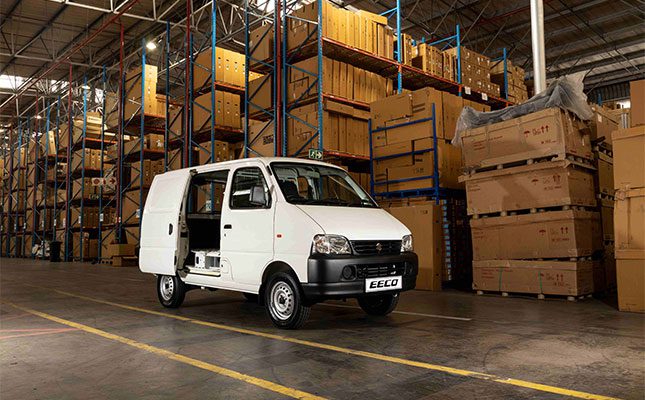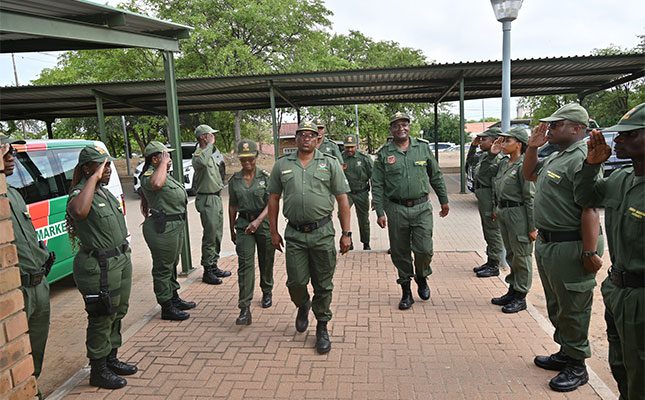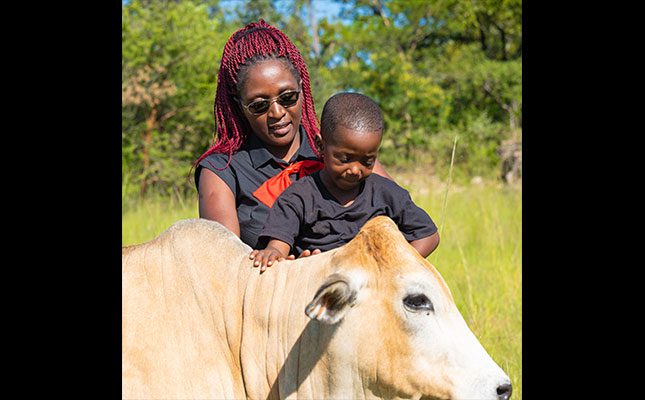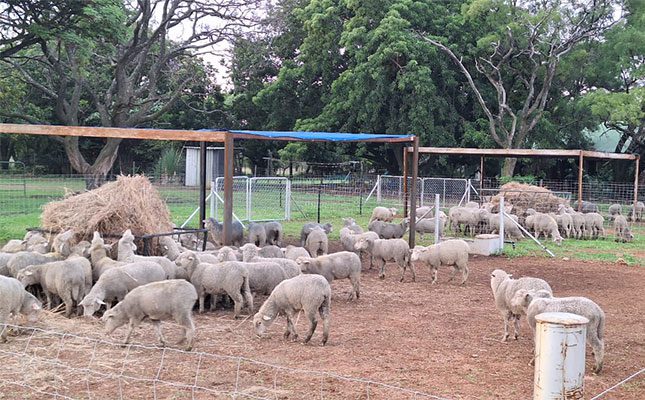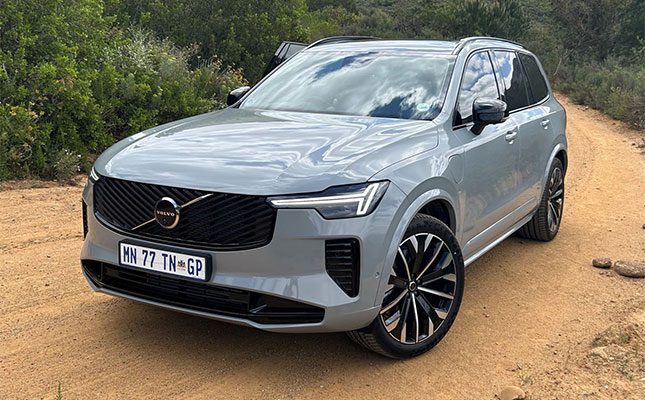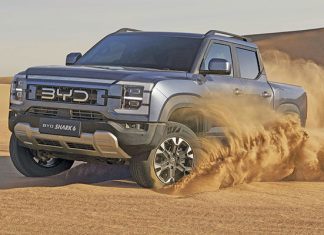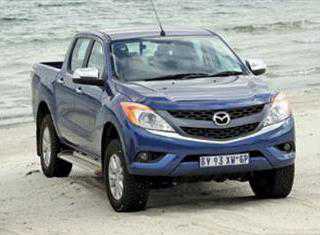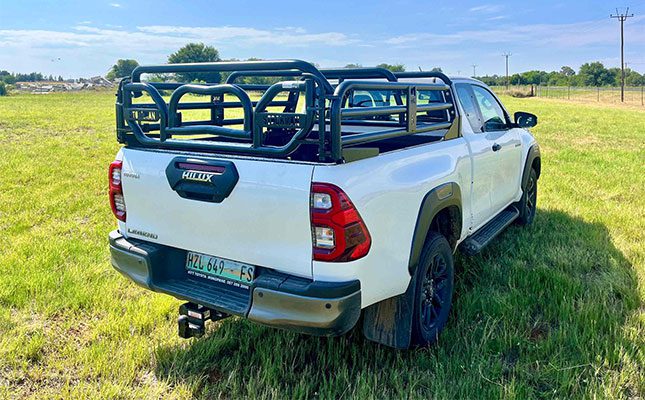
Photo: Supplied
“The nationwide average tells us that 80% of the time, rails are purely used to transport farmworkers and only 20% for actual livestock. Nowadays, all the bigger farms use trucks to carry their livestock,” says Ludwig Nel, co-owner of Bloemfontein-based Stockman Cattle Rails (Stockman).
“In some areas, they are used to carry smaller livestock and in others purely for dogs or naughty children. We have seen some interesting things, like a farmer who bought rails purely to carry flowers. And a customer from Botswana wanted rails just to keep his Jack Russells from jumping off,” he adds.
Study set-up
Stockman, founded in 1988, constructs its cattle rails from 50mm x 2mm steel tubing that is treated and painted black. The rails are not welded but rather bolted together, with their four corner poles bolted onto the back of the bakkie.
A full-width swinging gate with a smaller inside gate features at the rear, with three bars connecting the rails at the top. The latter double acts as ‘roof rails’ to carry additional cargo and enables the structure to be wrapped with canvas.
The height of the cattle rails is determined by the height of the cabin’s roof. Keeping it just below the roofline avoids drag and higher fuel consumption. As the distance between the top of the loadbin and the roofline differs between bakkies, the number of crossbars ranges from two to four.
Hilux tops the chart
It’s no surprise that the bakkie Stockman builds the most cattle rails for is also South Africa’s most popular bakkie, the Toyota Hilux, followed by the Ford Ranger and Isuzu D-Max.
A major shift over the last decade has seen extended cabs taking over from single cabs as the most popular body style to fit cattle rails to.
The average weight of a set of cattle rails is around 100kg, but can be more as some bakkies require reinforcements in the side panels of the loadbin.
A standard set of rails on a Hilux Xtra Cab costs R9 600 and can be fitted in around 20 minutes at any Stockman or one of its 22 nationwide agents.
As the manufacturer’s warranty on the loadbin becomes void when aftermarket cattle rails are fitted to a bakkie, Stockman takes over the loadbin warranty in addition to the warranty on the rails, provided it was fitted by them or one of their partners.
Interesting case
“We see some rough things with these bakkies. One of our biggest enemies is tractor tyres that lie against the rails at an angle, often carrying additional weight from water inside,” says Nel.
“The most interesting case we’ve had was a farmer who shot a tunnel through a rail while hunting. While aiming at a rooikat on the opposite side of the rails he was leaning against, he didn’t realise that while the scope cleared the rail, the barrel didn’t. He gave himself the fright of his life by shooting through the rail.”
Nel says that catering for the next generation of farmers is a big challenge.
“I would estimate that cattle rails for the younger farmers are around 80%
just for looks and only 20% for functionality. We’ve had to adapt over the years to conform to these cosmetic demands, and explain to the older farmers why the rails aren’t square anymore,” he adds.
Happy marriage
Stockman prides itself on being the only supplier in a competitive market to use a rubber system in their joints to avoid squeaking and rattling.
“A bakkie is a farmer’s office in which they spend more time than in an actual office. It becomes a huge annoyance when the rails are making a noise,” adds Nel.
“On average, the bigger farmers only replace a bakkie once every three years. A farmer is married to that bakkie. If there’s a constant squeak in his ears, it’s a very unhappy marriage for three years. Our system avoids any form of noise and the joints are easy to replace in the case of excessive wearing.”



